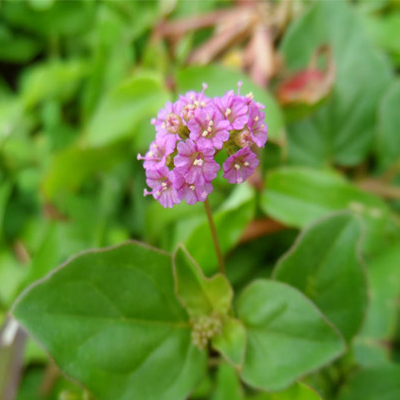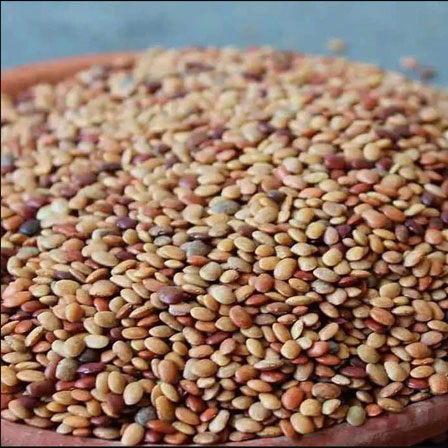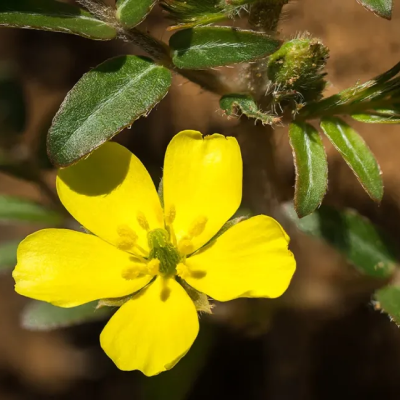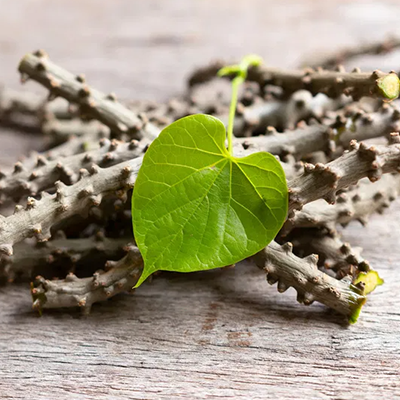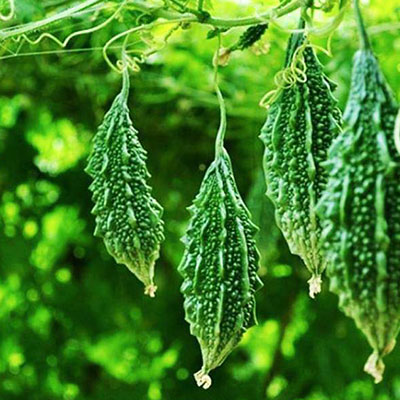Gallstones, medically known as cholelithiasis, are hardened deposits of digestive fluids (usually bile) that form in the gallbladder. The gallbladder is a small, pear-shaped organ located beneath the liver that stores bile, a digestive fluid that helps break down fats.
How are Gallstones Formed?
Gallstones form when the bile contains an imbalance of its components:
1. Excess Cholesterol in Bile:
- When bile contains too much cholesterol, it may crystallize and form stones.
2. Excess Bilirubin in Bile:
- Bilirubin is produced when the body breaks down red blood cells. High levels can contribute to stone formation.
3. Impaired Gallbladder Emptying:
- If the gallbladder does not empty completely or frequently, bile becomes concentrated, increasing the risk of stone formation.
Types of Gallstones
1. Cholesterol Gallstones:
Made primarily of cholesterol; most common type.
2. Pigment Gallstones:
Composed of excess bilirubin; common in individuals with liver disease or blood disorders.
3. Mixed Gallstones:
Contain a combination of cholesterol and calcium salts.
Risk Factors for Gallstones
- Dietary Factors: High-fat, high-cholesterol, low-fiber diet.
- Obesity: Increases cholesterol in bile.
- Rapid Weight Loss: Triggers liver to release more cholesterol into bile.
- Medical Conditions: Diabetes, liver disease, or Crohn's disease.
- Hormonal Factors: Pregnancy or use of estrogen-based contraceptives.
- Age and Gender: More common in women and individuals over 40.
Symptoms of Gallstones
- Pain in the upper right abdomen (biliary colic), often after eating fatty foods.
- Nausea or vomiting.
- Indigestion or bloating.
- Jaundice (if a stone blocks the bile duct).
- Fever and chills (in cases of infection).
Ayurvedic Perspective on Gallstones
In Ayurveda, gallstones are referred to as Pitta Ashmari (bile-related stones) and are classified under Mutrashmari (urinary and biliary calculi). They are attributed to imbalances in Pitta dosha, which governs bile production and digestion, combined with Kapha dosha, which causes stagnation and crystallization.
Pathogenesis (Samprapti):
- Pitta Imbalance: Leads to increased bile production and heat in the gallbladder.
- Kapha Imbalance: Causes thickening and stagnation of bile, promoting crystallization.
- Agni Dushti (Impaired Digestion): Results in the accumulation of toxins (ama), which further aggravates dosha imbalance and stone formation.
Ayurvedic Treatment of Gallstones
Ayurvedic treatment focuses on balancing doshas, breaking down gallstones, and improving liver and gallbladder function.
Detoxification (Shodhana):
- Virechana (Purgation): Clears excess Pitta and toxins from the system.
- Basti (Enema Therapy): Removes Kapha and balances Vata.
Formulations for Gallstones:
- Navaka Guggulu: Dissolves stones and reduces inflammation.
- Arogyavardhini Vati: Detoxifies the liver and promotes bile flow.
- Varunadi Kwatha: Effective in managing biliary calculi.
Dietary Guidelines:
- Avoid oily, spicy, and heavy foods that aggravate Pitta.
- Include bitter and astringent foods like karela, neem, and amla.
- GANGRENEDrink plenty of water to maintain bile fluidity.
Lifestyle Modifications:
- Avoid excessive fasting or overeating.
- Exercise regularly to maintain a healthy weight.
- Avoid alcohol and smoking.
Panchakarma Therapy
Therapies like Virechana and Basti are customized based on individual dosha imbalances to detoxify the body and prevent recurrence.
Herbal Remedies
Punarnava (Boerhavia diffusa):
Improves kidney and liver function, reducing stone size.
Kulattha (Horse Gram):
Helps dissolve stones and prevents their formation.
Gokshura (Tribulus terrestris):
A diuretic herb that flushes out toxins and stones
Guduchi (Tinospora cordifolia):
Detoxifies the liver and balances Pitta.
Karela (Bitter Gourd):
Reduces cholesterol and aids digestion.



